What Is Malware? Understanding the Basics of Website Malware
SiteLock
AUGUST 27, 2021
Malware has infected roughly a third of the world’s computers , costing companies across the globe trillions of dollars each year. In 2014, nearly 1 million new pieces of malware were released every day, but most hackers relied on old techniques to create new threats. But first we’ll answer a basic question: What is malware?


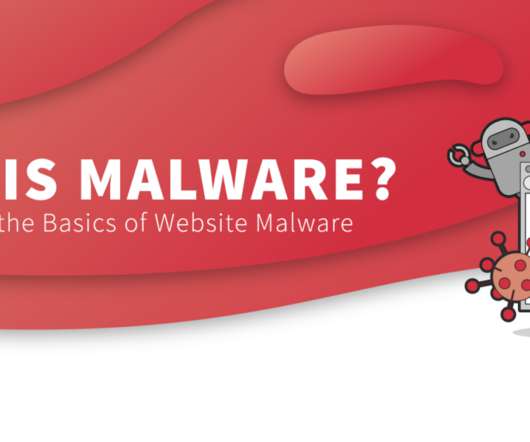
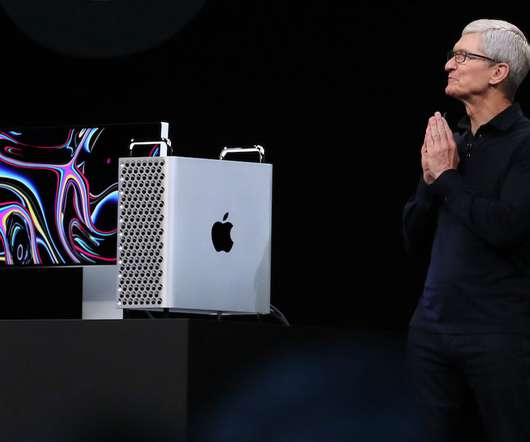

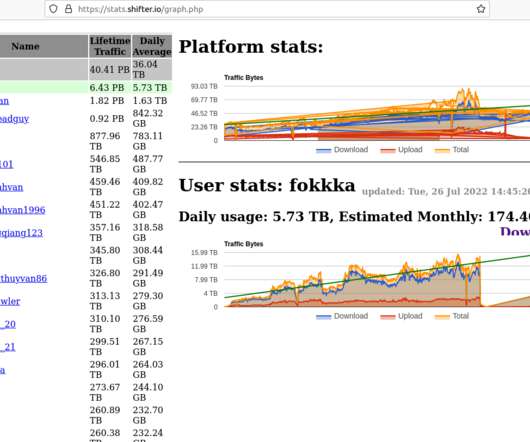
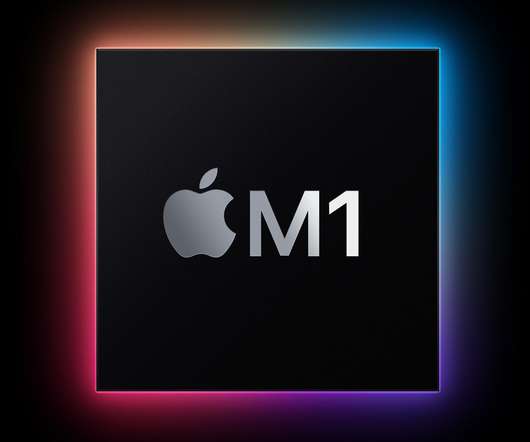
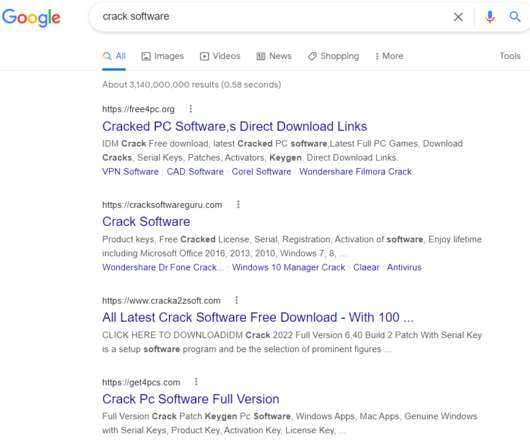











Let's personalize your content